Raspberry Pi 3 B+ is the latest offering from the Raspberry Pi foundation. It offers a range of improvements over its predecessor.
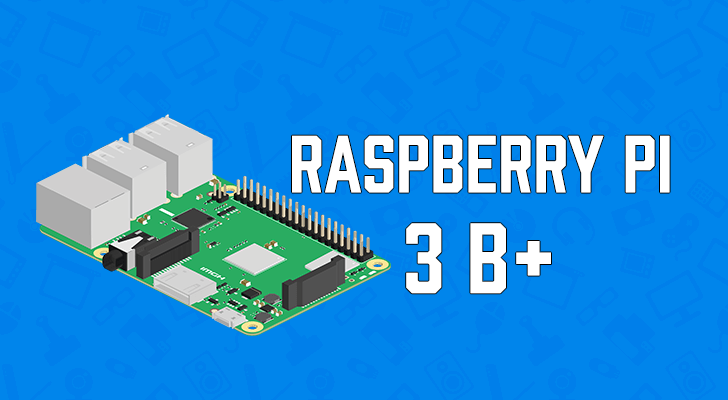
Like all of the Raspberry Pi B+ versions, this one offers slight tweaks rather than the big jump you see between the original Raspberry Pi, the Raspberry Pi 2 and the Raspberry Pi 3.
We haven’t been able to get our hands on one just yet but below are some of the new improvements that you will find with this board. We will be purchasing one so we get can some hands on with this cool addition to the Raspberry Pi family.
Improvement Highlights
The following is what they have updated with this latest addition to the Raspberry Pi Family.
A 1.4GHz 64-bit Quad-Core ARM Cortex-A53 CPU
You will notice an improvement of 200MHZ in processing power over its predecessor the Raspberry Pi 3. This slight increase will help give you even more power to do many cooler projects with the Pi. It’s likely this increase is thanks to the improved thermal management on the Raspberry Pi 3 B+.
Dual-band 802.11ac Wireless LAN and Bluetooth 4.2
This new dual-band 802.11ac chip is a huge improvement from the 802.11n chip that is featured in the Raspberry Pi 3. The 802.11ac chip will give you far better performance when it comes to WiFi while also opening you up to the 5ghz band.
With this new chip, you will see a far better performance in both the 2.4ghz band and the 5ghz band. This extra speed will come in handy when it comes to a lot of our tutorials such as the VPN access point, the Raspberry Pi Game Streaming and many more.
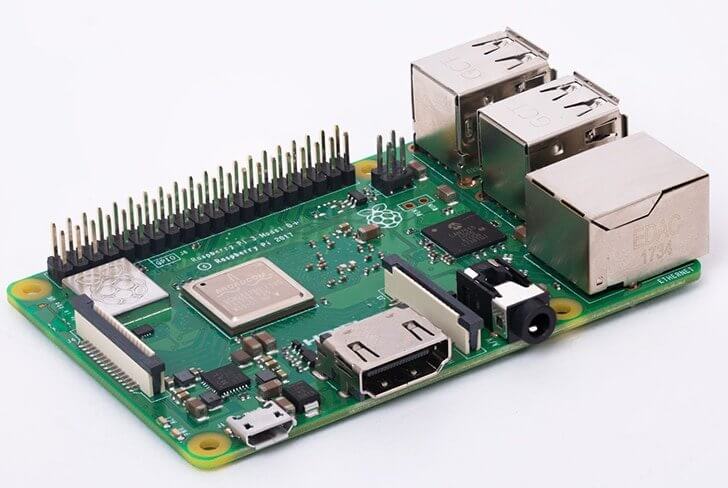
In the table below from LibreELEC developer Milhouse, you can see the improvements to both the receiving and transfer speeds introduced by this improved wireless chip.
| Tx bandwidth (Mb/s) | Rx bandwidth (Mb/s) | |
| Raspberry Pi 3B | 35.7 | 35.6 |
| Raspberry Pi 3B+ (2.4GHz) | 46.7 | 46.3 |
| Raspberry Pi 3B+ (5GHz) | 102 | 102 |
Faster Ethernet
For those people who have been wanting a Gigabit Ethernet port, you can finally have it with this upgrade to the board introduced by the new chip they are using on the Raspberry Pi 3B+. However, the throughput is capped at 330MB/sec due to it still relying on a USB 2.0 connection to the application processor. Despite this, you will see huge improvements over the previous Raspberry Pi’s and will make the device more usable as a NAS device.
In the table below provided to us by the Raspberry Pi foundation, you can see the improvements in the ethernet connection just from the Raspberry Pi 3B to the Raspberry Pi 3 B+.
| Tx bandwidth (Mb/s) | Rx bandwidth (Mb/s) | |
| Raspberry Pi 3B | 94.1 | 95.5 |
| Raspberry Pi 3B+ (2.4GHz) | 315 | 315 |
Power-over-Ethernet support (Requires Separate PoE HAT)
The Raspberry Pi foundation has gone ahead and replaced the ethernet port with one that supports the PoE specification, something that has been lacking in previous Raspberry Pi’s. While you cannot use the power from it to power your device currently the Raspberry Pi will now separate the signals properly and bring the power provided to the ethernet port to a new 4-pin header that you can find on the device.
To power your device from the PoE connection, you will have to rely on a specially designed HAT. The Raspberry Pi foundation is currently in the process of developing one that can convert the power to something that the Raspberry Pi can handle.
PXE Network and USB Mass-Storage Booting Improvements
There have been improvements to both the PXE network handling and the USB Mass-storage booting. The Raspberry Pi can now actually support PXE ethernet boot. For those who don’t know what PXE ethernet booting is used for, simply put it is used so that devices can boot a file on a server located on the same network.
Thermal Management Improvements
If you were having heat issues with the Pi 3, then the B+ has made a variety of changes to try and bring those temperatures down. These improvements are mostly thanks to the new chip that is powering the Raspberry Pi 3B+.
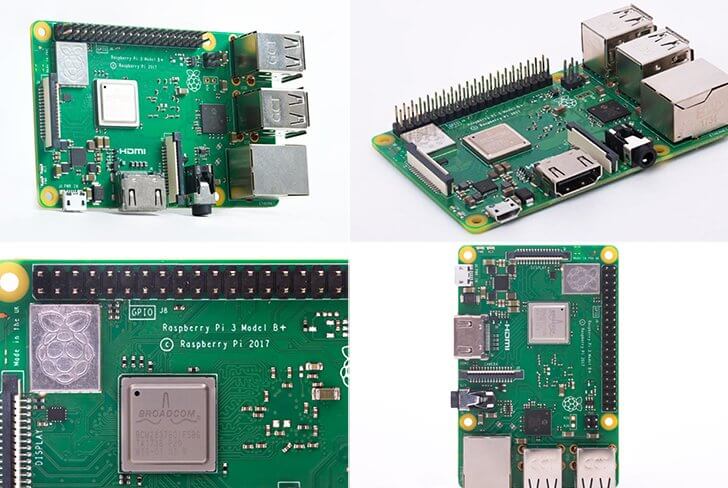
This BCM2837B0 chip incorporates numerous fixes such as power integrity optimizations which allows the Raspberry Pi to handle its voltages better also the chip introduces the use of a heat spreader. The heat spreader is the bit of metal that you will find now on the chip. This bit of metal is designed to help draw the heat away from the chip and increase the total cooling surface. You have likely seen this on computer CPU’s.
Other New Changes
One important change that you will have to take note of is the amount of power the Raspberry Pi 3 B+ consumes is far greater than its predecessor. It is highly recommended that you use a high-quality 2.5A power supply to ensure that enough power is being delivered to the Pi.
You can find out even more information over at the Raspberry Pi’s foundation website.
If you’re looking to buy you can find more information on where you can pick it up via the button below.
You can leave your thoughts on the Raspberry Pi 3 B+ below. We will love to hear what your thoughts are on this cool board.




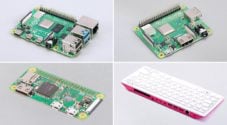




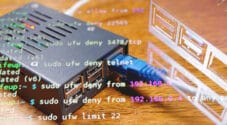
looking forward to getting hold of the new Pi3 b+. Goint to be great for network/server projects. Thanks for the review.
Thanks for all you do! This is very helpful.